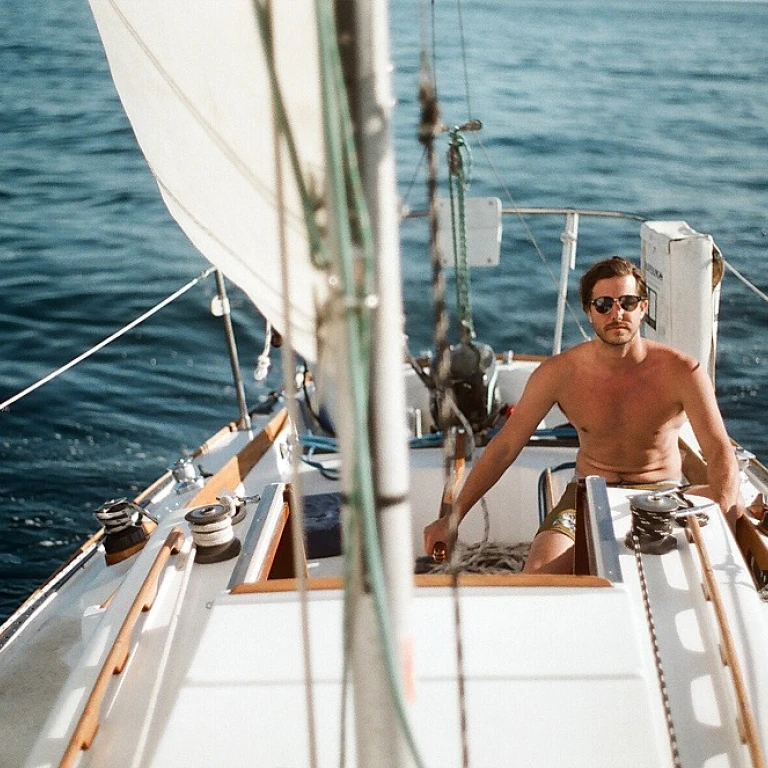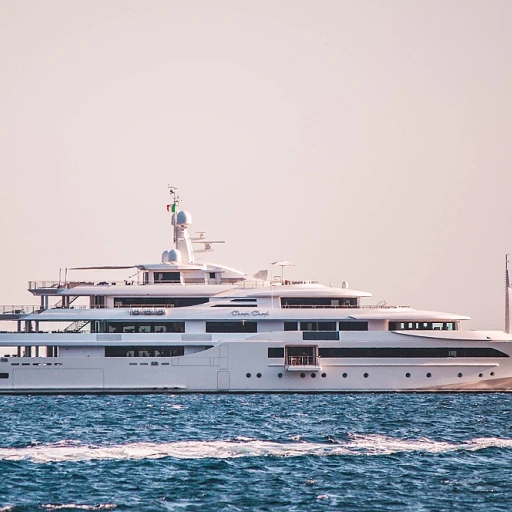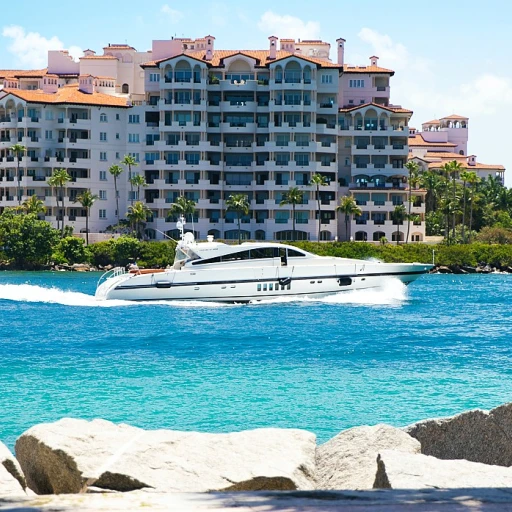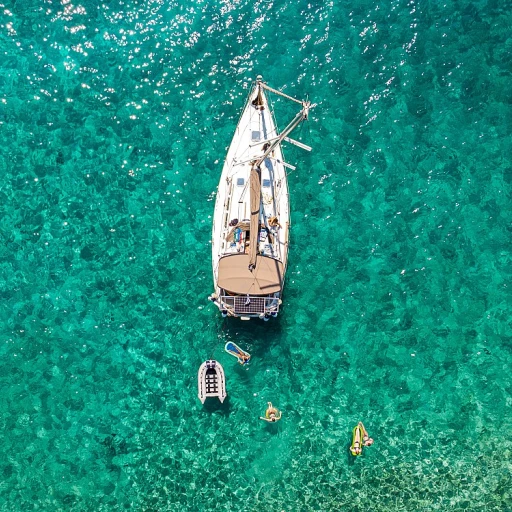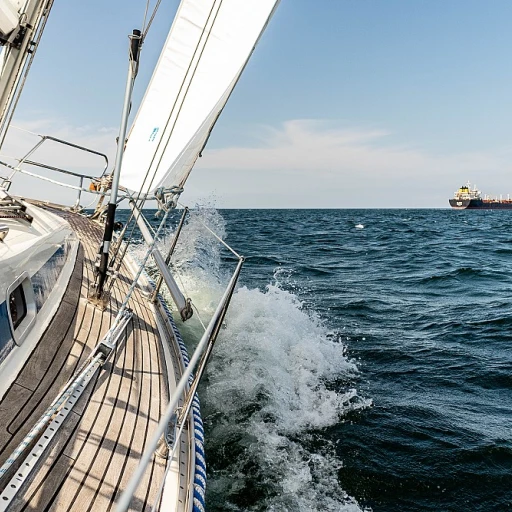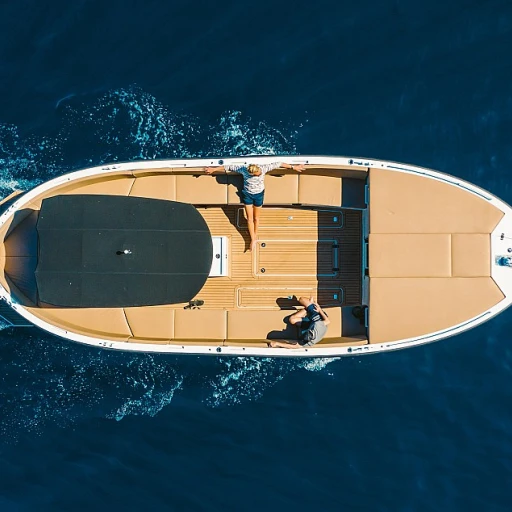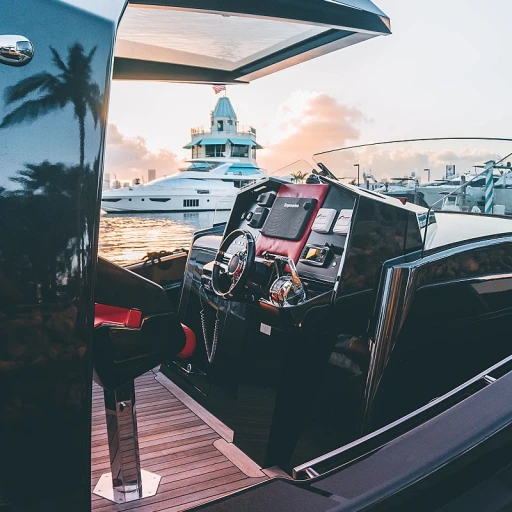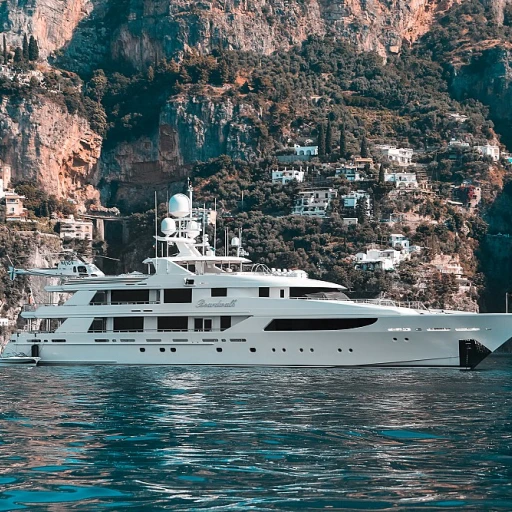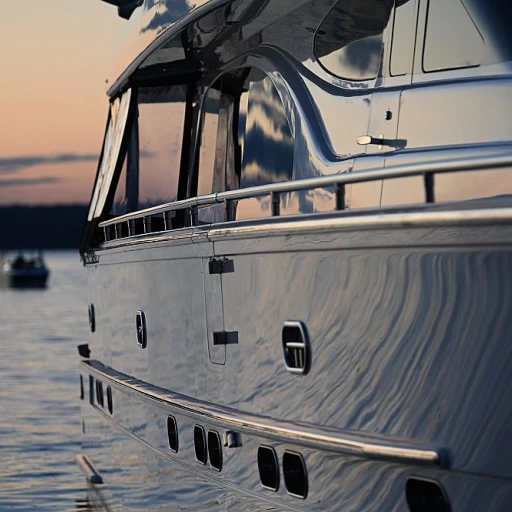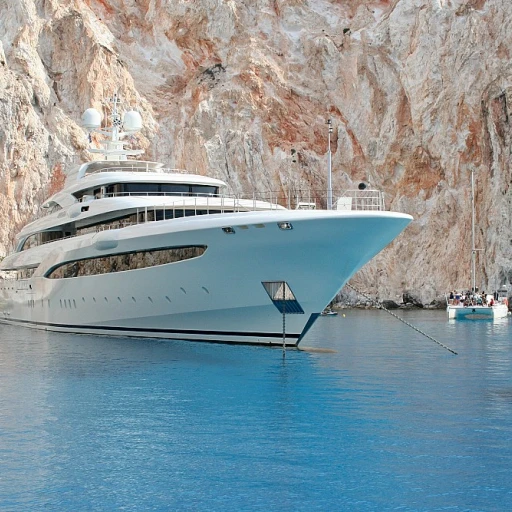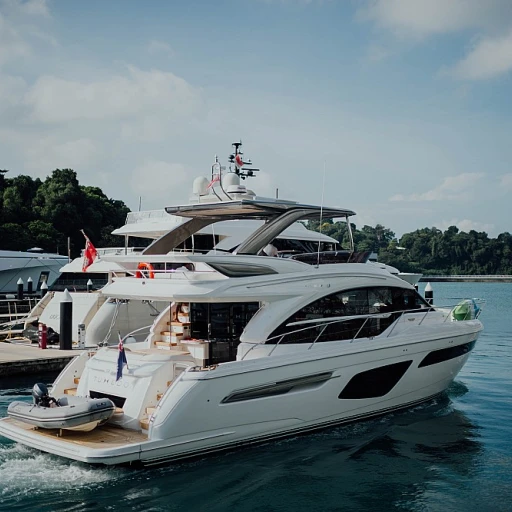Understanding Drag-Behind Hydro Generators
Demystifying Drag-Behind Hydro Generators
Drag-behind hydro generators, commonly referred to as water generators or hydrogenerators, have emerged as an innovative solution for generating energy from the natural flow of water. These devices are ingeniously designed to be towed behind a yacht, converting water flow into renewable energy as the boat moves through the sea. Here’s how it works: a propeller or turbine attached to the generator captures the kinetic energy from the water, known as the towed water effect, transforming it into electrical power output. This energy is typically stored in the yacht’s battery bank, providing a sustainable energy source while reducing dependence on traditional fuel resources.
The concept of harnessing water's kinetic energy for power output is not entirely new. However, in the context of yachting, it represents a significant step forward in utilizing renewable energy sources, complementing other systems like solar panels and wind turbines. While many yachts are equipped with solar panels to capture energy from the sun, and vertical axis wind turbines to exploit wind, hydro generators offer an additional layer of energy independence. This is particularly beneficial in maritime environments where certain renewable sources may not be consistently available.
When considering the eco-friendly benefits of sailing, drag-behind hydro generators contribute greatly to sustainability. They are a critical tool in achieving a self-sufficient power supply, particularly during long voyages where reliance on fossil fuels is both impractical and environmentally harmful. By understanding these devices' potential, yacht owners can effectively incorporate them into their renewable energy strategies, paving the way for future trends in sustainable yachting.
For more details on related technologies that augment a yacht's propulsion and energy systems, consider checking this comprehensive guide on vertical windlass systems.
Advantages of Using Hydro Generators
The Green Edge: Why Opt for Hydro Generators on Your Yacht
Embarking on a voyage with a hydro generator in tow brings numerous advantages for any yacht enthusiast aiming for a greener horizon. Among the rising options for onboard energy solutions, these devices offer eco-friendliness, efficiency, and resilience against the unpredictability of sea voyages.
One of the most appealing aspects is the prospect of drawing renewable energy directly from the ocean. As the boat moves through the water, the flow turns the propeller, converting kinetic energy into electricity. This process results in a steady power output capable of sustaining a yacht’s electrical systems. Couple this with solar panels and wind turbines, and you have a powerful, sustainable energy network.
Beyond environmental reasons, utilizing a hydro generator reduces reliance on traditional generators that consume fossil fuels, thereby cutting costs. It’s a strategic choice for those who wish to sail beyond the beaten path without worrying about refueling. This approach successfully integrates into a balanced battery bank system, ensuring consistent energy availability.
The efficiency of these systems is also commendable. With the right conditions and appropriate speed, such as a cruising pace that maximizes water flow against the turbine, sailors can expect substantial electricity outputs. For those intrigued by the potential of these systems, explore the cutting-edge tech upgrades that could transform your yacht into an efficient energy hub.
While indeed promising, it’s important to weigh the challenges and limitations that could arise, ensuring you harness the full potential these innovative devices offer.
Installation and Compatibility
Efficient Integration of Hydro Generators
Installing a drag-behind hydro generator on a yacht can be a straightforward process, yet it requires careful attention to detail for optimal performance. The compatibility of the hydro generator with the existing power systems and the yacht's design is essential to ensure a seamless energy flow and maximum power output. One of the critical factors in installation is ensuring that the hydrogenerator is positioned in such a way that it can capitalize on the water flow. The ideal placement typically involves the generator being submerged enough to benefit from the natural propeller-driven water without significantly increasing drag or affecting boat speed. Compatibility with the yacht’s battery bank is another key aspect. The generator needs to be able to feed efficiently into the yacht’s renewable energy systems, often working alongside solar panels and wind turbines. Using a hydrogenerator can replenish the battery bank and support the continuous functionality of onboard systems. The use of a hydrogenerator like the Watt Sea can enhance a yacht's capacity to harness energy from natural elements, providing additional energy supply during long sea voyages. Such integration not only boosts the available wattage but can also act as a buffer against extended low wind or solar conditions, thereby enhancing your boating experience. Lastly, pairing these systems with structures like vertical axis wind turbines or eclectic energy units can further diversify the sources of power on board, making effective use of the yacht’s existing renewable systems. Though compatible with a range of boats, it's vital to tailor the hydro generator's design and specifications to suit the specific yacht's needs for optimal energy efficiency and performance.Challenges and Limitations
Potential SETBACKS to Consider
While drag-behind hydro generators present intriguing advantages for harnessing renewable energy at sea, it's essential to navigate the potential challenges tied to their use.- Drag and Boat Speed: When a hydro generator is deployed, the drag created can affect boat speed. The extent of the drag depends significantly on the design of the propeller or turbine and the boat’s initial speed. Efficiency-focused designs can mitigate this impact, but a slight reduction in speed is often unavoidable.
- Installation Complexity: Depending on the model, installation can range from straightforward to complex. Sailors must consider factors like boat compatibility, the need for additional equipment such as bracket mounts, and whether they possess the necessary technical skills.
- Maintenance and Wear: A hydro generator operates in challenging sea conditions. Exposure to saltwater demands regular maintenance to prevent corrosion on components like the prop and turbine blades. Additionally, moving parts need inspection to ensure the system consistently provides optimal power output.
- Variable Energy Output: Energy generated is often subject to variability based on water flow and boat speed. Fluctuations in speed can affect the watt output, requiring careful battery bank management to ensure sufficient energy storage and availability.
- Environmental Conditions: In excessively calm waters or when sailing with minimal wind, the power produced by the hydro generator may not meet energy demands. It’s wise to complement the system with other energy sources such as solar panels or a wind turbine to ensure a steady and reliable power supply.
Case Studies: Yachts Using Hydro Generators
Practical Applications of Hydro Generators on Yachts
Yachts that have successfully integrated hydro generators demonstrate how this technology can complement traditional propulsion methods, manage energy consumption efficiently, and enhance the overall sailing experience. Real-world examples illustrate that combining renewable energy sources like hydro generators, solar panels, and wind turbines can significantly increase power output and reduce reliance on fossil fuels.- Efficient Energy Use: Some yachts have incorporated hydrogenerators alongside solar panels, creating a system where solar panels capture energy during the day, while hydro generators take advantage of boat speed and water flow when sailing, ensuring a steady and efficient energy supply.
- Seamless Integration: The integration of vertical axis wind turbines and hydrogenerators can provide comprehensive energy solutions, with wind generators providing power on breezy days and towed water generators kicking in when under sail power.
- Reliable Power Output: By regularly rotating managed battery banks, yachts maintain optimal power output, harnessing energy efficiently from different sources, and storing excess power generated during high-output conditions.

